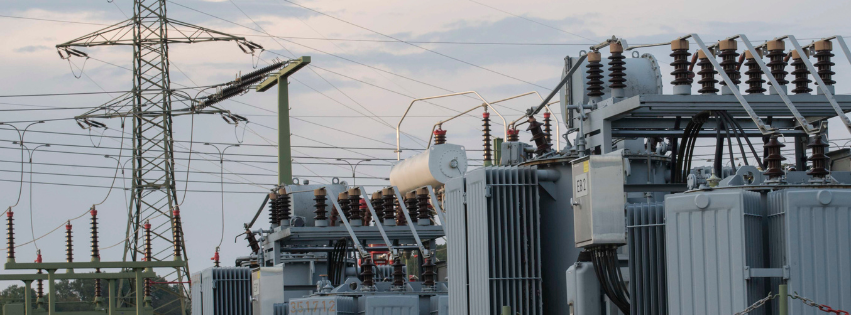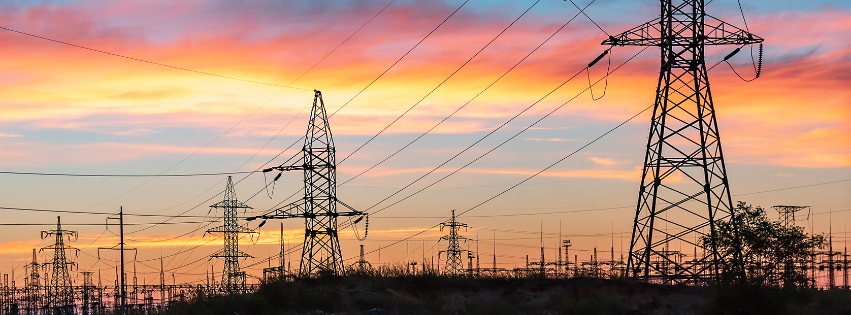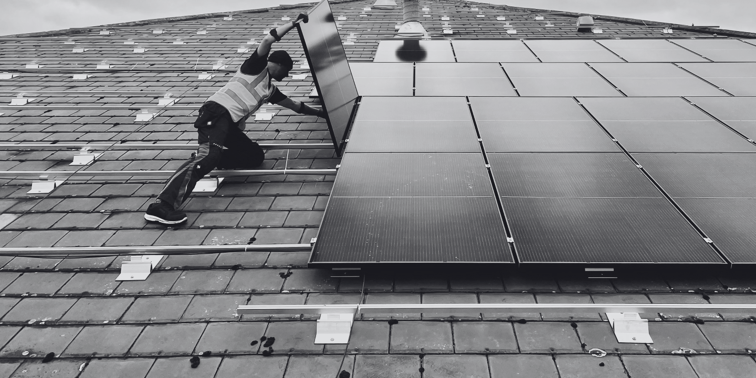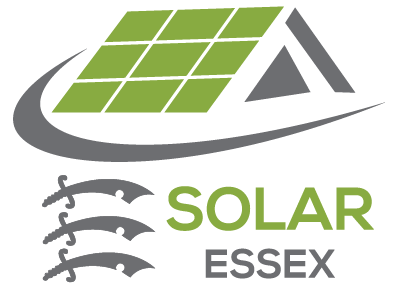
If you’re planning a solar panel or battery installation, one important step is submitting a DNO (Distribution Network Operator) application. But what exactly does that mean? In this post, we’ll explain what a DNO application is, when it’s needed, and what you can expect.
What is a DNO?
Your Distribution Network Operator (DNO) is the company responsible for maintaining the electricity cables and infrastructure in your area. They manage the safe and reliable delivery of electricity to homes and businesses.
If you’re installing a solar system that connects to the grid, your DNO needs to be informed to ensure your system can export electricity safely. The DNO will assess whether the local network can handle the additional energy your solar panels will generate, and they may require upgrades or impose export limits where necessary.
They’ll also verify that your solar setup meets all technical and safety standards to prevent issues such as voltage spikes or electrical interference.

Who Submits the DNO Application?
At Solar Essex, we handle the DNO application for you. Your installer will submit the request to your local electricity network operator, asking for permission to connect your solar system to the grid.
Depending on the system size and design, we’ll use one of the following application types:
G98, G99, G100 – What Do They Mean?
- G98 – For smaller systems under 3.68kW. These systems can be installed immediately, and your installer will notify the DNO within 28 days of installation.
- G99 – For systems larger than 3.68kW and battery installations. Permission must be obtained before installation can begin.
- G100 – Used when your local grid cannot accommodate the full export of your system. In this case, the DNO may require an export limitation device to be installed, or for your system to be designed to export less power.
What Is a DNO Letter?
Once your application is approved, you’ll receive a DNO confirmation letter. This document proves that your solar system is legally and safely connected to the electricity grid. You’ll need this letter if you:
- Sell your home
- Apply for the Smart Export Guarantee (SEG) to earn money from exporting excess solar energy
How Do I Know Who My DNO Is?
Your DNO depends on where you live in the UK. Each region has its own operator. If you’re unsure, your installer (that’s us!) can check for you. Alternatively, it’s often listed on your electricity bill.
Final Thoughts
While the DNO application is a crucial step in your solar journey, it’s not something you need to worry about. When you choose Solar Essex, we manage the entire process for you — from identifying the right application type to communicating with your DNO and confirming approval.
Let us take care of the red tape so you can enjoy the benefits of clean, renewable energy with total peace of mind.
✅ Thinking about going solar in Essex? Contact Solar Essex for expert advice and a free consultation.

